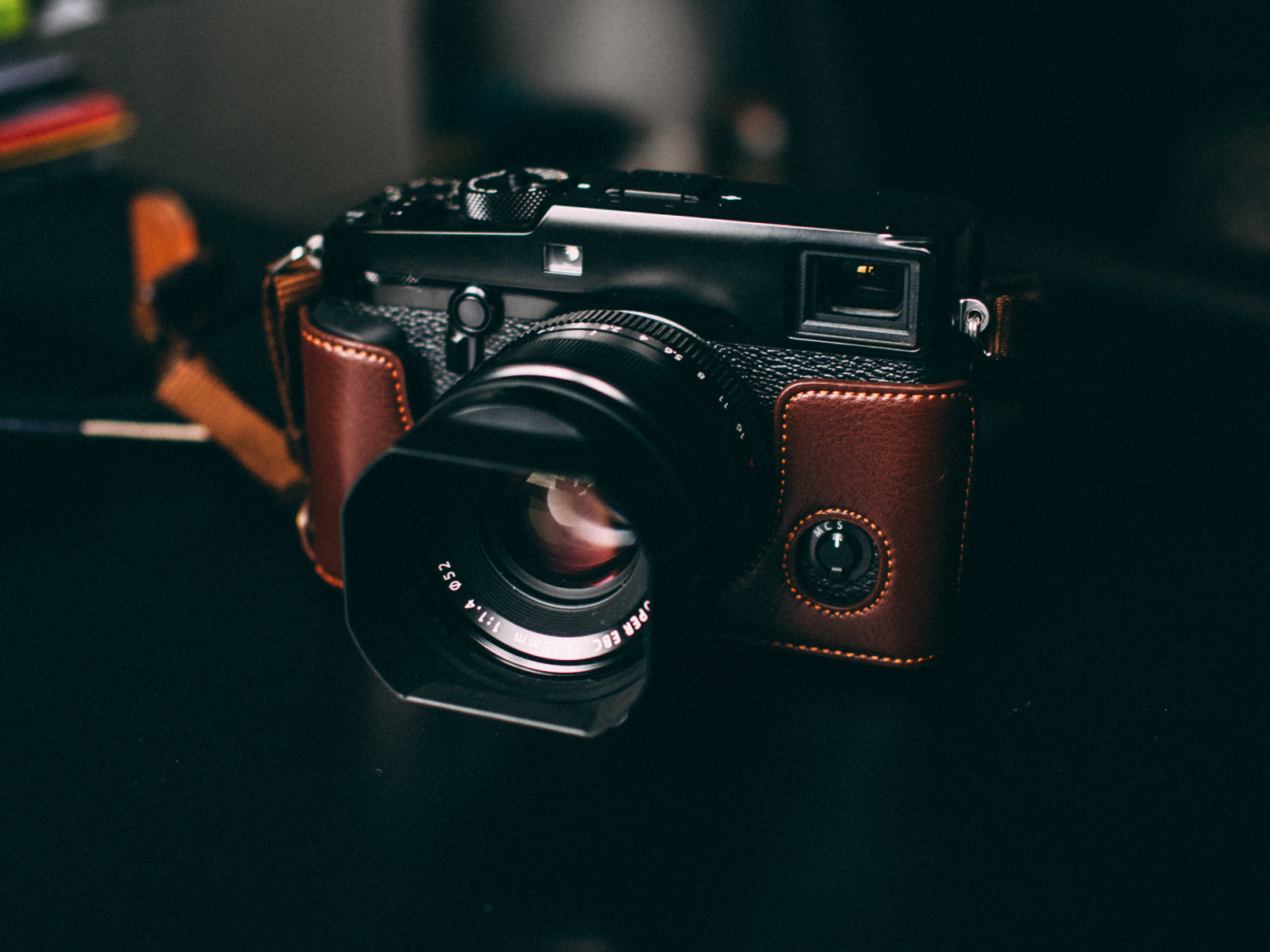Fujifilm X-Pro2 Mirrorless Rangefinder Camera

The Rangefinder Style
It shouldn’t be an important criterion for buying a camera, but one of the reasons I was drawn to the Fujifilm X-Pro2, was the retro rangefinder style. My main reason for changing to Fuji was to get a larger sensor and achieve better low-light performance. In theory the X-T2 would do the trick, nevertheless I loved the design of the X-Pro2 and decided in the end for simplicity and design rather than pure function. Having said that, the two cameras are technically very similar, and the X-Pro2 has some nifty, unique features, like the dial set-up.

The Dials: Exposure Compensation and the Combo Dial
I’ll be honest I was a little skeptical of the dials on the X-Pro2, however after using the camera for a while now, I am quite happy. The exposure compensation on the far right is quite natural and easy to use with your right thumb. The ISO and shutter speed combo dial is quite unique, however it suits my needs quite well. Most of the time I work with aperture and exposure compensation, the ISO and shutter speed I change manually only when I am trying to do something very specific, like motion blur or photographing the night sky.

The Optical Viewfinder
Besides the dial set-up another unique feature like with its predecessor the X-Pro1, is the hybrid viewfinder. While this is a nice feature in theory, I generally use electronic viewfinder or EVF. The EVF provides a more accurate representation of what the final image will look like. Switching to the optical viewfinder or OVF has the practical advantage of saving battery life in a pinch. However the latter isn’t often a concern of mine, I usually have spare batteries up the wazoo. The difference and your individual preference is perhaps more philosophical than practical. Another practical advantage of shooting with the EVF is the seeing beyond the margins of the frame. There is a small box which shows you what will be cropped out of the image, which is quite nice because when framing a shot you can see what you’re potentially missing and adjust accordingly.
The Fuji Line of Lenses
Fuji has a wide range of lenses The biggest gripe one could have with Fuji is the lack of in body image stabilization. Which often adds an extra acronym to an already long line of them in denoting the features of any given lens. For their glass they use the brand name Fujinon and the ‘X’ stands for X-Mount, where ‘XF’ tends to be metal cast, higher quality lenses when compared with the more economical ‘XC’. The aforementioned Optical Image Stabilization is denoted with ‘OIS’ and other important ones are ‘R’ for the aperture ring and ‘WR’ for Weather Resistant. This is a doozy, because the X-Pro2 is a weather resistant camera, but only when used with a weather resistant lens!
Third-Party Lenses
There are a number of third party manufacturers producing lenses for the Fuji X-Mount, Rokinon or Samyang for instance offer some cheap primes. On the higher end Zeiss makes some primes as well. If you want to use your coveted Leica glass there are adapters available for those as well. While one is forced to sacrifice autofocus, I find that focus-peaking makes the use of third-party lenses a great alternative to the sometimes quite pricey Fujinon lenses.
The Summary
The X-Pro2 is a powerful camera that not only gives a nod to photography of yore but makes new practical use of an ‘old’ features. The most important thing about a camera is for its ability to get out of the way of taking pictures, and I find that for my purposes I spend less time fiddling with controls and more time shooting.
